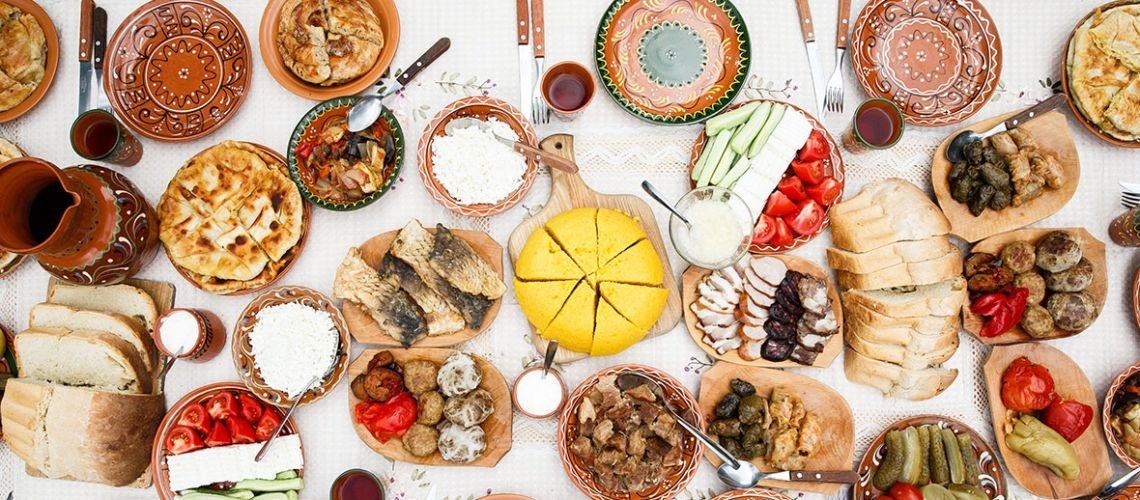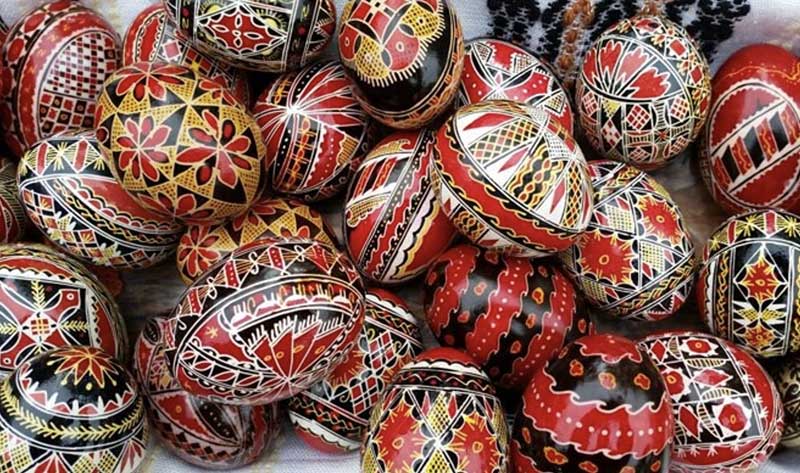“Haiducii” (singular: haiduc) were legendary figures in Romanian folklore and history. The term “haiduc” is often translated as “outlaw” or “bandit” in English, but the haiducii of Romanian lore were often depicted as heroic figures who fought against injustice and oppression.
Haiducii emerged during the Ottoman rule over Romania, particularly during the 17th and 18th centuries when the region faced social unrest, economic hardship, and foreign domination. They were often peasants, shepherds, or soldiers who took to the mountains and forests to resist Ottoman authorities, local lords, and other oppressors.
Key aspects of the haiducii folklore and legend include:
- Resistance Against Oppression: Haiducii were seen as champions of the oppressed, defending peasants and commoners against exploitation by landlords, tax collectors, and other authorities. They were celebrated for their acts of defiance and resistance.
- Robin Hood-like Figures: Similar to the legend of Robin Hood in English folklore, haiducii were often depicted as robbing from the rich and giving to the poor. They would steal from corrupt officials and distribute their spoils to those in need.
- Loyalty and Brotherhood: Haiducii operated in bands or brotherhoods, fostering a strong sense of camaraderie and loyalty among their members. They lived by a code of honor and solidarity, often coming to the aid of fellow haiducii and those in distress.
- Folk Songs and Tales: The exploits of haiducii were celebrated in Romanian folk songs, ballads, and oral traditions. Their stories were passed down through generations, becoming part of the rich tapestry of Romanian folklore.
While haiducii were romanticized in folklore and legend, it’s important to note that they were also a product of their historical context, shaped by the social, economic, and political conditions of their time. While some haiducii may have been viewed as noble defenders of justice, others were undoubtedly criminals and bandits.
Today, haiducii remain an important part of Romanian cultural heritage, symbolizing resistance, freedom, and the struggle against oppression. Their legacy continues to inspire artists, writers, and storytellers, keeping their memory alive in Romanian folklore and popular culture.




